Have you ever wondered what the absolute best muscle-building movements for your chest are? Wonder no more! Here are our top 10 pec-building picks.
1. Flat Bench Dumbbell Press
Why it's on the rundown: With dumbbells, every side of your body must work freely, which selects more stabilizer muscles; dumbbells are harder to control than a barbell.Dumbbells also allow for a longer range of motion than the barbell bench press, both at the bottom and top of the movement. Flat dumbbell presses allow you to hoist a fairly heavy weight, and they make for a good alternative if you've been stuck on the barbell bench for ages.
In your workout: Do flat dumbbell presses toward the start of your chest workout for heavy sets in lower rep ranges. We don't regularly prescribe doing dumbbell presses notwithstanding the barbell seat press, on the grounds that both moves are so comparable.
In fact, the similar nature of these movements was confirmed via electromyography (EMG) analysis, which demonstrated no significant differences between flat-bench dumbbell and barbell in regard to muscle activation.
2. Low-Incline Barbell Bench Press
Why it's on the list: Many benches are fixed at a very steep angle, which requires a larger contribution from the front delts than the chest to move the weight. If possible, go for a less-steep incline to hit the upper pecs without as much stress on the delts. You can likewise effectively do low-slant seats with a flexible seat on the Smith machine.
In case you're truly hoping to assemble that rack of an upper mid-section, EMG results have recommended that getting your hold somewhat nearer may pound upper-mid-section strands essentially more.
In your workout: Many chest workouts start with flat-bench movements first, then progress to inclines, but it's time to get out of that bad habit. Every so often, start with inclines. The benefit is that you'll be fresher and can lift more weight, which puts a greater amount of stress on the upper pec fibers and could lead to more growth.
3. Barbell Bench Press
Why it's on the list: You can generate the most power with barbell lifts, so the standard barbell bench allows you to move the most weight. It's likewise a less demanding lift to control than squeezing with substantial dumbbells. The activity is anything but difficult to spot and moderately simple to learn (if not ace), There are a lot of seat press programs you can take after to expand your quality.
Why it's on the list: You can generate the most power with barbell lifts, so the standard barbell bench allows you to move the most weight. It's also an easier lift to control than pressing with heavy dumbbells. The exercise is easy to spot and relatively easy to learn (if not master), There are plenty of bench-press programs you can follow to increase your strength.
In your workout: Do it toward the start of your chest workout for heavy sets in lower rep ranges. Consider varying your grip width for more complete chest development.
4. Machine Decline Press
Why it's on the list: Some machines, like Hammer Strength, allow you to move each arm independently, which is a great feature on chest day. Other than doing a machine decay squeeze straight on, you can sit sideways on the device and press over your body one arm at once, which conveys a totally distinctive feel than when you sit straight-on.
One of the primary muscle actions of the pec major is transverse adduction—think cable flyes or pec-deck flyes to understand this action. By sitting in a sideways position, you can maximize your press with a pec-dominant horizontal adduction, effectively getting more from the movement.
In your workout: Do free-weight exercises first in your chest workout because they require more effort and stabilizer muscles than machines. In light of that, this could be the last multijoint exercise in your schedule.
5. Seated Machine Chest Press
Why it's on the list: Free-weight pressing moves on a flat bench are great, but the machine press has some unique benefits. For one, it's easier to slow down the repetition, both in the concentric and eccentric phases. Stack-loaded machines are also great for quickly doing dropsets.
EMG research demonstrates that the machine bench press recruits much less of the three heads of the deltoid (anterior, middle, and posterior) than free-weight variations because of a decreased need for humeral stabilization. This allows you to really target your pecs.
In your workout: Again, do machine exercises at the end of your workout. For anyone looking to build mass, machines give you a greater chance to pump your pecs with minimal shoulder assistance.
6. Dips For Chest
Why it's on the list: First off, make sure you're doing dips that emphasize the pecs: Put your feet up behind you, lean forward as far as possible, and allow your elbows to flare out as you dip. Chest dips are a great spotter-free alternative to the decline press.
In your workout: If you're strong, this lower-chest move makes a great finisher; if you're not, you can do it earlier in your session. It makes an extraordinary superset blending with push-ups for a major pump toward the end of your workout.
7. Incline Bench Cable Fly
Why it's on the list: Not many single-joint exercises made the list, but this is one of our favorites. It's an effective move to isolate the pecs after completing your multijoint exercises. Cables allow for continuous tension throughout the exercise's full range of motion. In the event that you have a decent mid-section pump going, nothing beats glancing back at yourself in the mirror as you press out a couple of more reps.
In your workout: Do incline cable flyes at the end of your workout for slightly higher reps (sets of 10-12). If you're training with a partner, do a few dropsets for some real masochistic, muscle-building fun!
8. Incline Dumbbell Pull-Over
Why it's on the list: Forget flat-bench pull-overs; the incline version puts your chest fibers under tension for a longer range of motion! Just sit back against a bench inclined to about 45 degrees and make sure the dumbbell clears the top. Ensure you keep this a solitary joint development; don't twist or reach out at the elbows.
Remember, you should have a specific reason for each movement you complete. Pull-over exercises work the shoulder-extension movement pattern (moving the upper arm rearward), which can really torch the pecs since they're one of the primary muscle groups involved in this action!
In your workout: Do pull-overs at the very end of your workout for sets of 12. On each set, hold the top withdrawal of the last rep for an entire five seconds.
9. Pec-Deck Machine
Why it's on the list: Chest flyes are hard for many trainees to learn with dumbbells or cables because the arms need to be locked in a slightly bent position for the duration of the exercise. Luckily, the pec deck simplifies things because it allows you to work in only one pathway. So, this activity is an awesome development educator, and you can go for an extraordinary pump without balancing any weights.
EMG data shows that activation of the pectoralis major and anterior delt are statistically similar between the pec deck and bench press, which means that even though you'll probably be working in different rep ranges for each exercise, you'll get great chest activation from this machine.
In your workout: Hit the pec deck last in your chest routine for sets of 10-12. Do dropsets and partial reps, pumping out as many as you can to failure.
10. Incline Dumbbell Press
Why it's on the list: Dumbbell presses make everybody's top 10 list, but with an adjustable bench you can do a number of things you can't with a fixed bench. Our favorite: changing the angle of the incline from one set to the next, or from one workout to the next. Hitting a muscle from varying degrees of incline angles builds it more thoroughly.
In your workout: This is an occasional first movement, but it can easily go anywhere from first to third in your routine. Keep in mind, though, that the later you do this movement, the less weight you'll likely be able to push.
For even crazier pumps with this exercise, try to slowly rotate the dumbbells from palms-forward to a palms-inward position during the concentric portion of the lift, really squeezing at the top. This slight change will make you medially turn the upper arm, truly selecting your pec major.
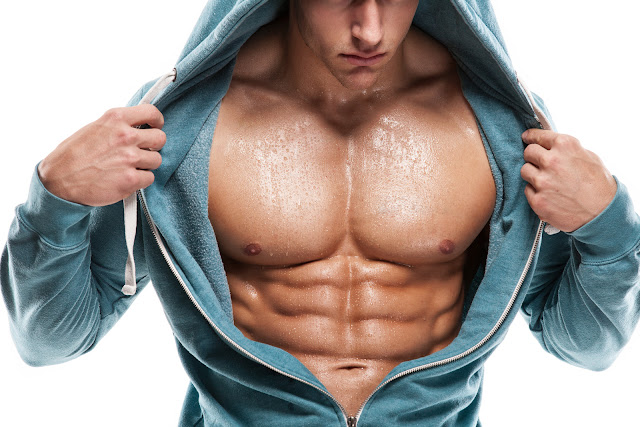

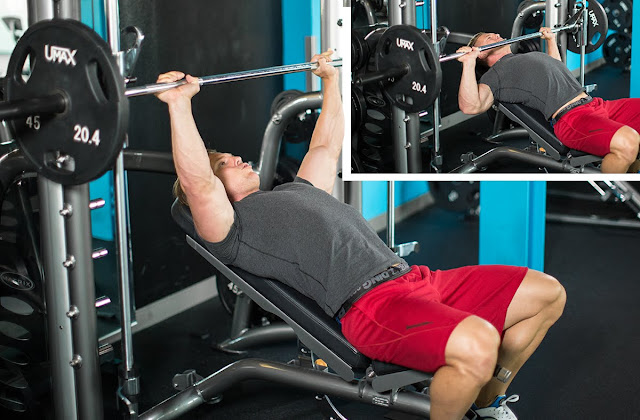
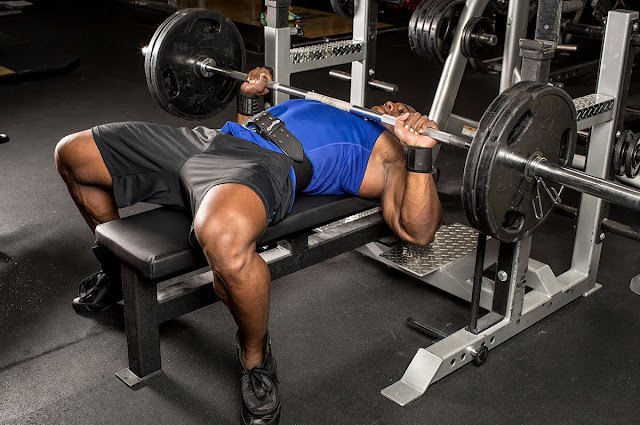

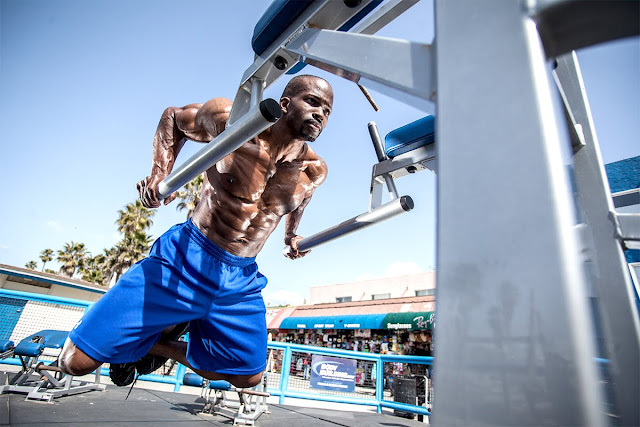
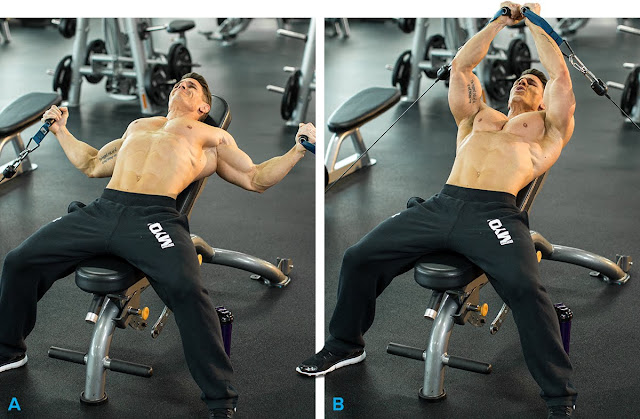

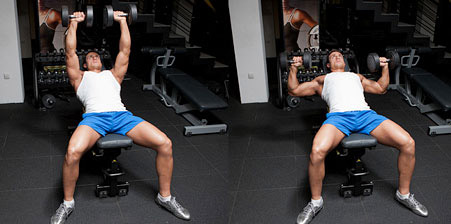
Enregistrer un commentaire